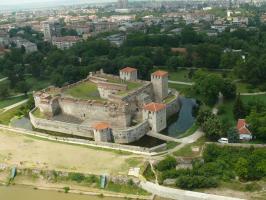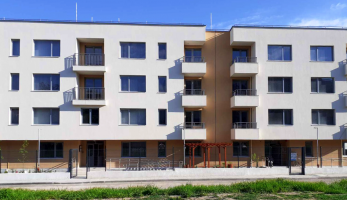Thessaloniki gets ready for its metro launch in November
The underground rapid transit lines have been under construction for almost two decades due to various project delays
 TheMayor.EU logo
TheMayor.EU logo 
Right before the start of the school year, kids in Sofia, Plovdiv and Ruse will be able to clear out their drawers and have a fresh start

In the first phase of the project, the organisers will plant 150 trees on the periphery before gradually reforesting the main trash mound

Experts presented a portfolio of projects on the quick roll-out of hydrogen, with Ruse and Sofia as the first getting a taste of the new technology

Burgas, Vidin and Ruse municipalities are the first to apply for pilot projects under the innovative measure

The city will supplement the programme with financial and educational aid to provide a holistic service

Innovative tourist and educational services form the bases of the projects that will be implemented

The municipality has received approval for two projects amounting to 3.5 million euros

Servicing the new containers is fully mechanized, between 3 and 4 times faster and quieter

The mayor of Rusе wants people in the city to breathe easily and to live better

A treasure hunt will take place today on the newly-unveiled tourist route

The measure is valid during the state of emergency

The mayor of Ruse Municipality won the award “Mayor of the Year” 2018 in Bulgaria for a large municipality